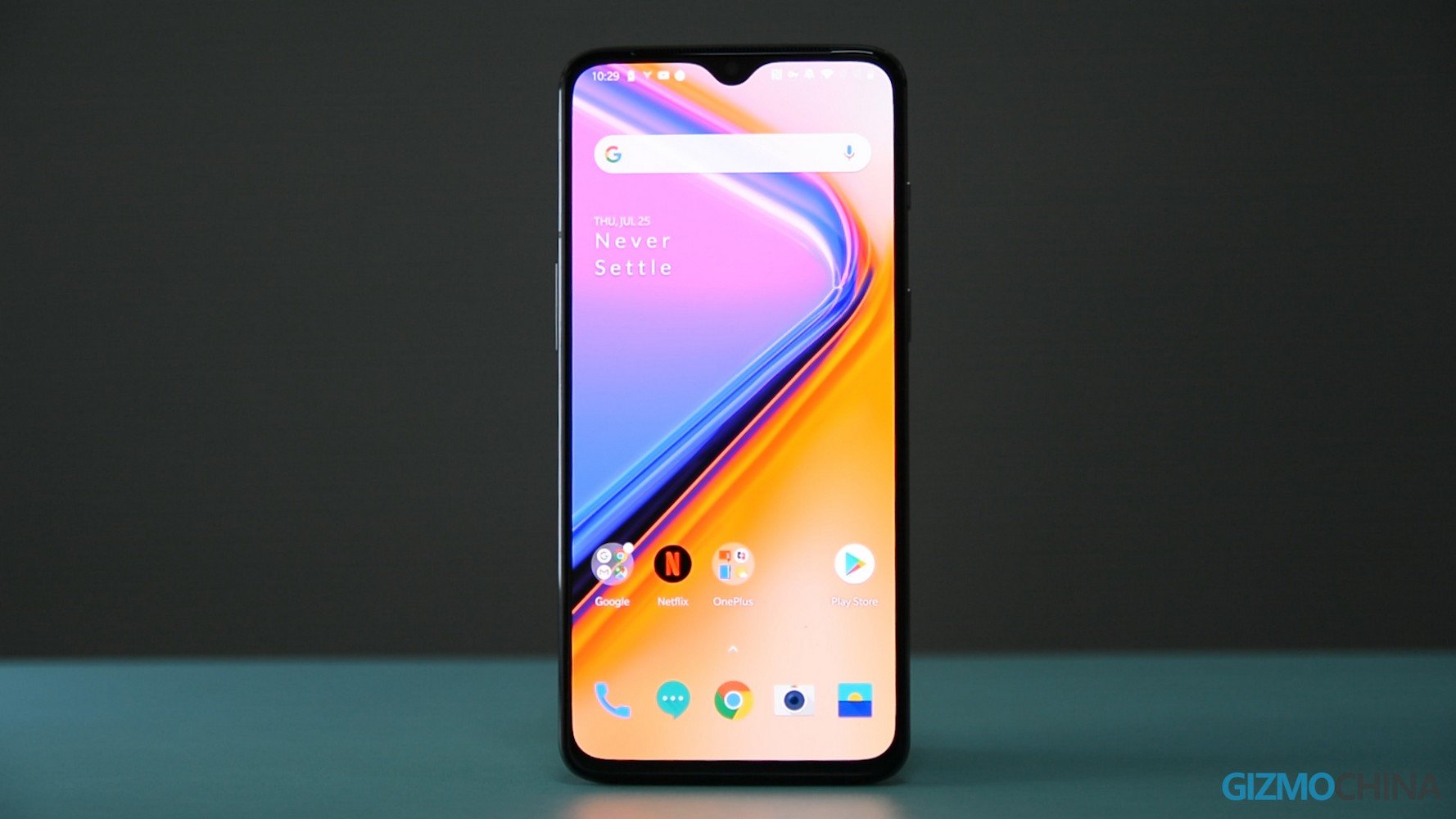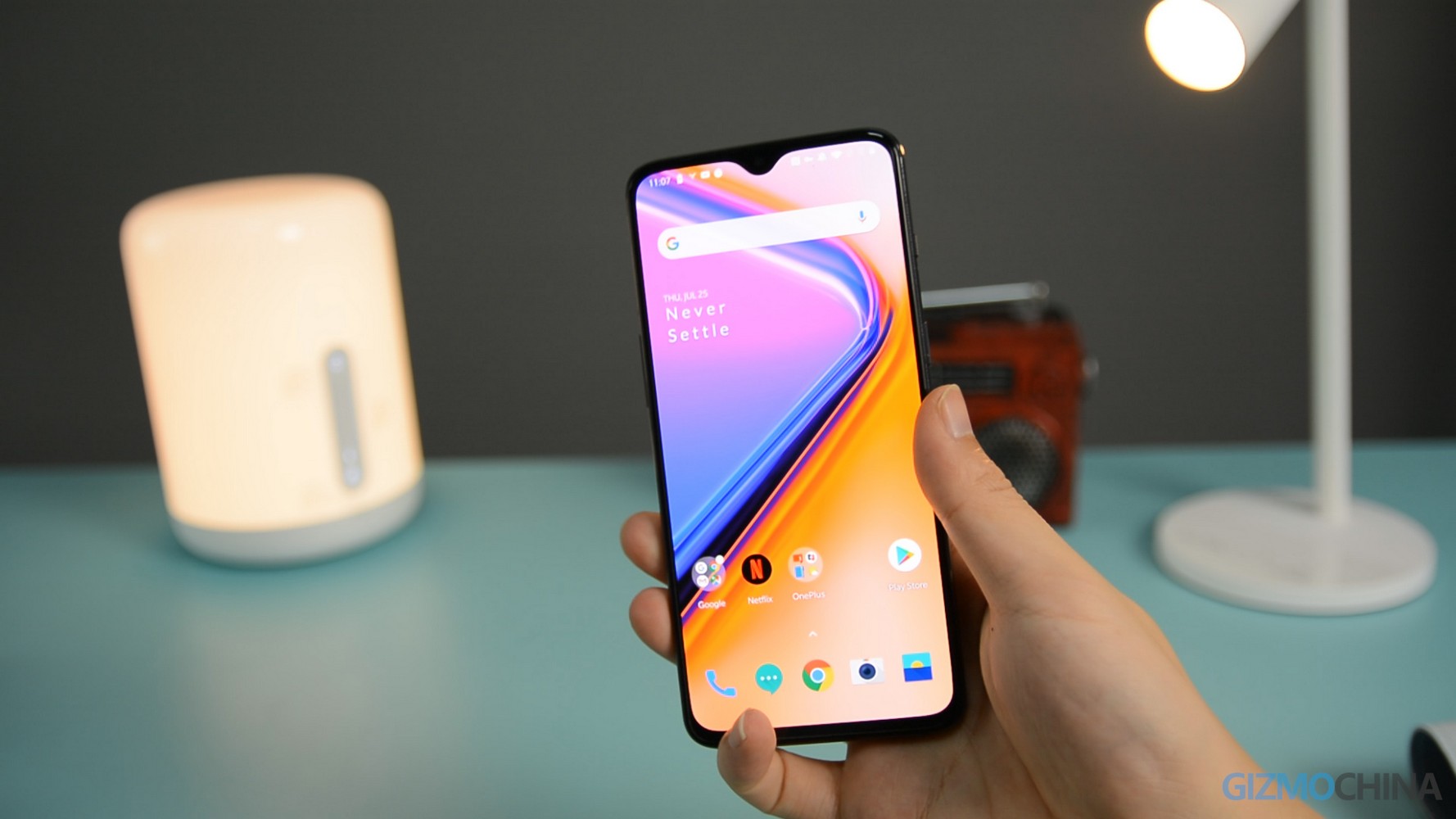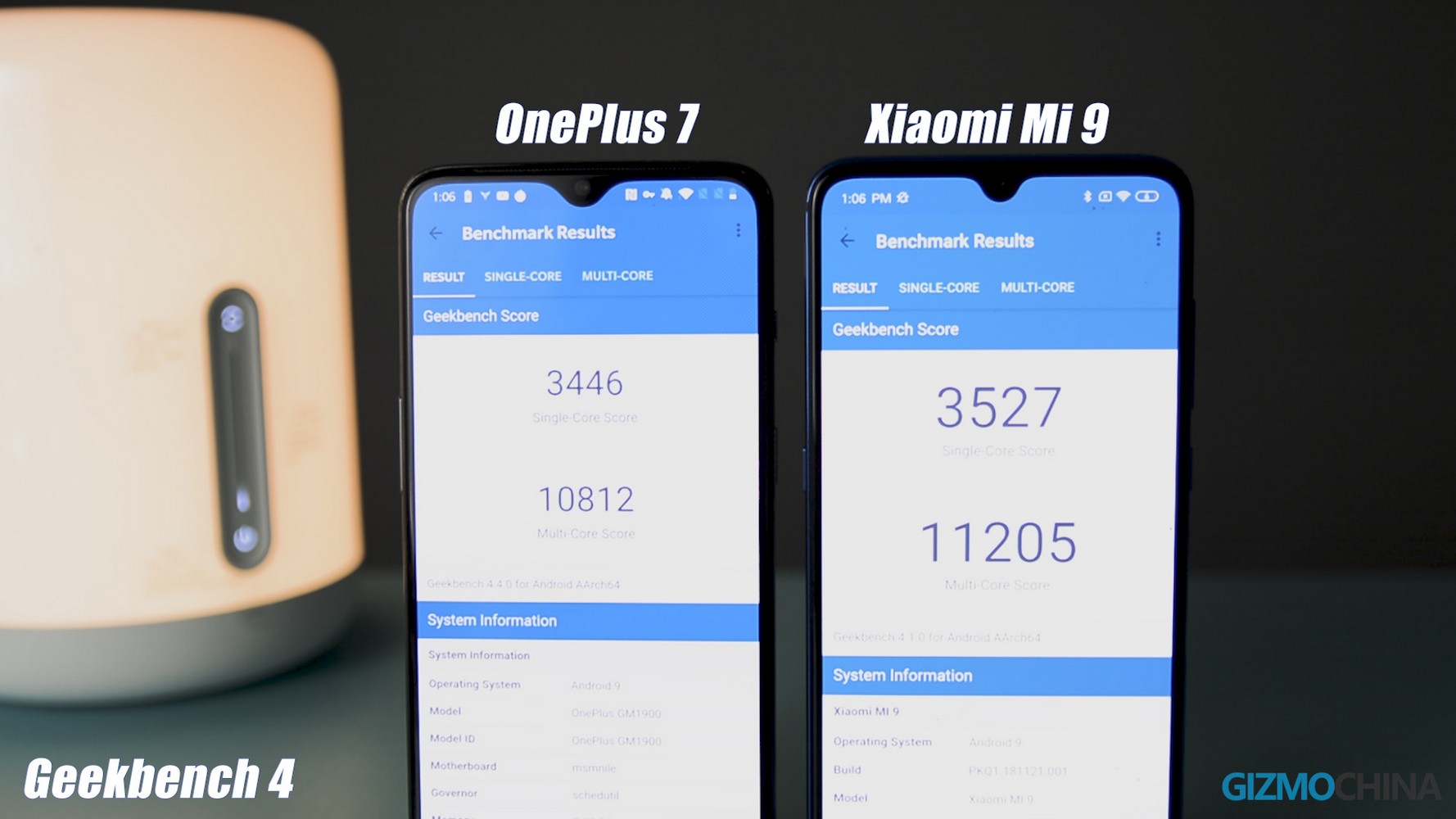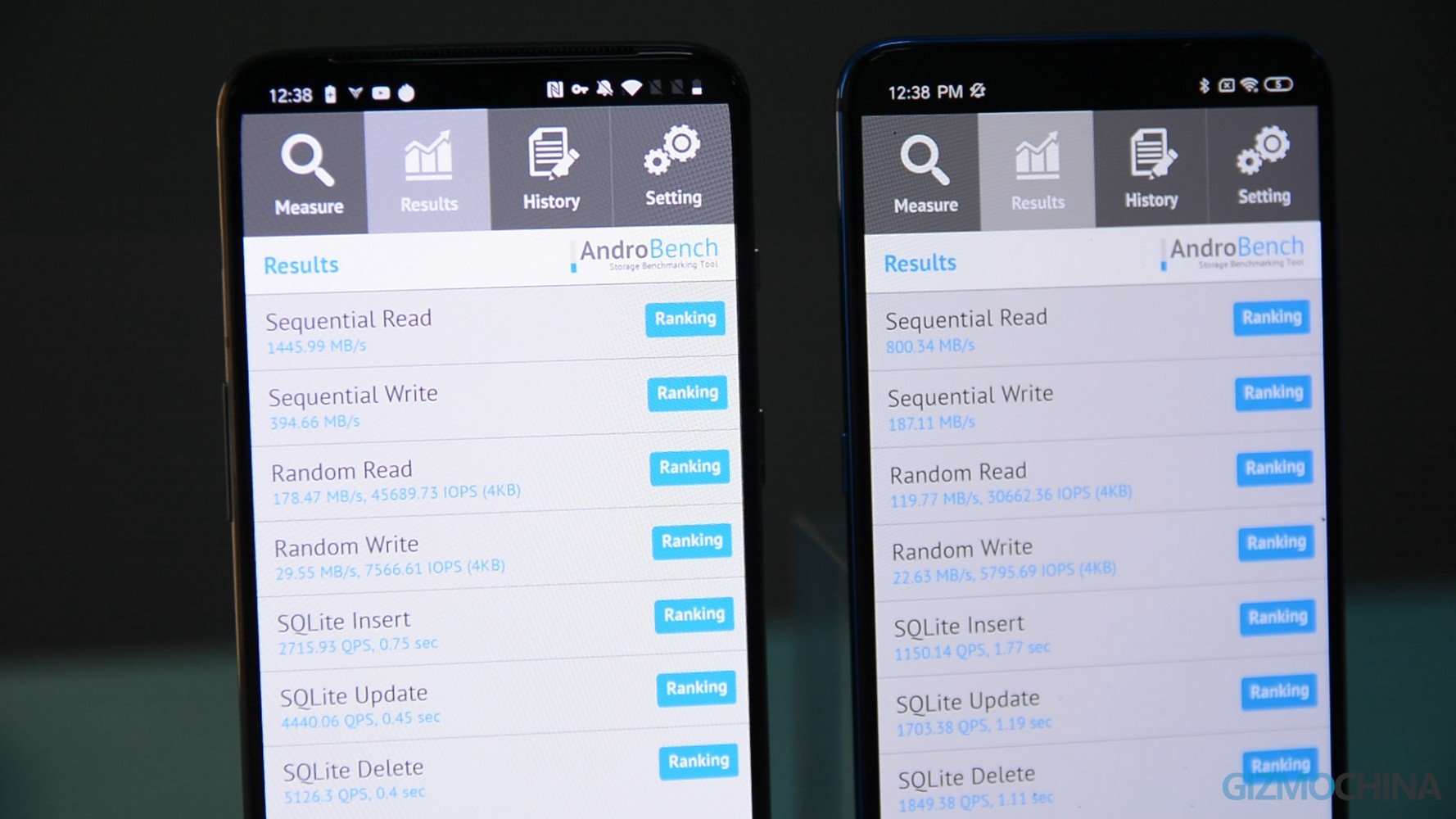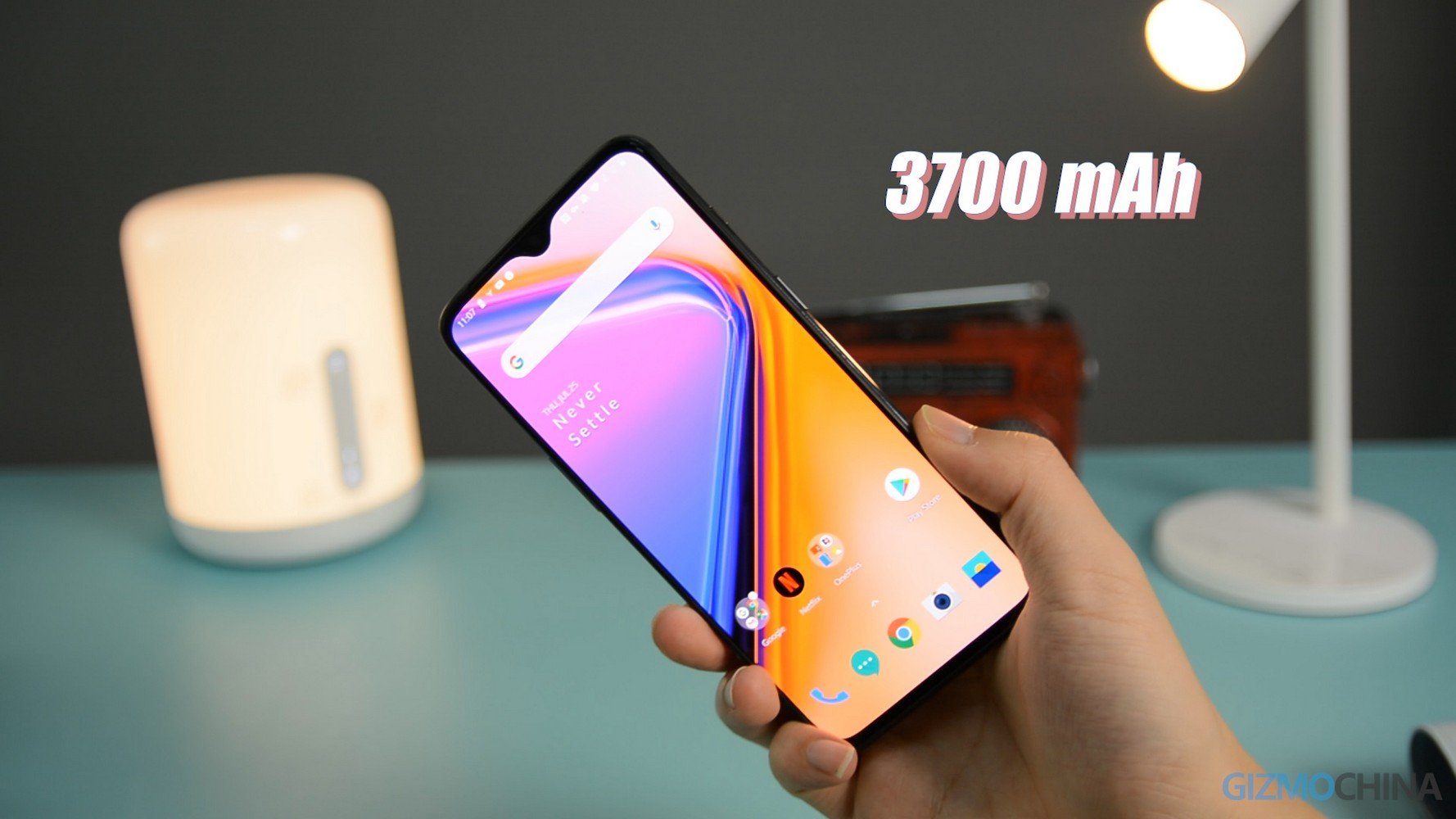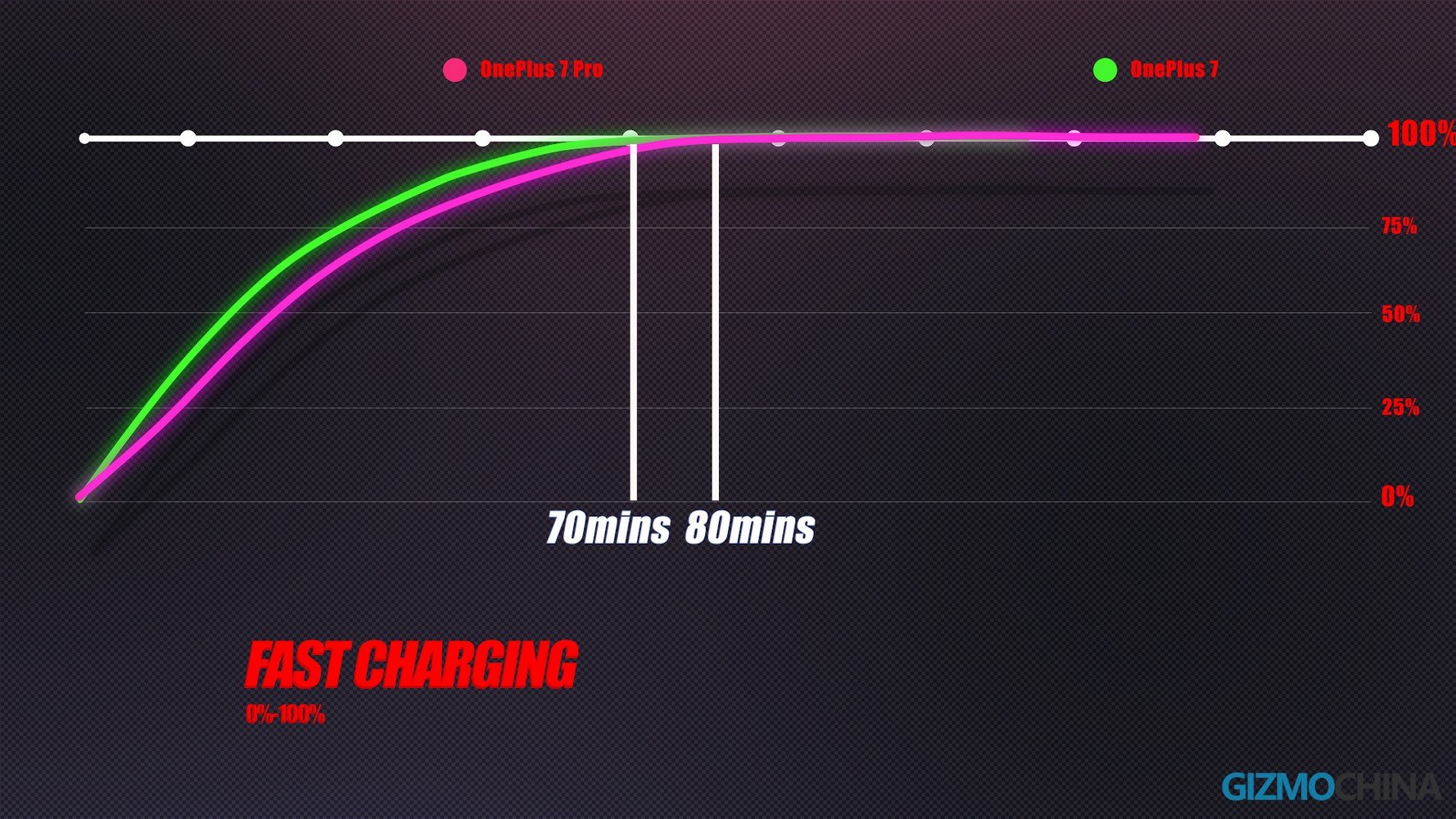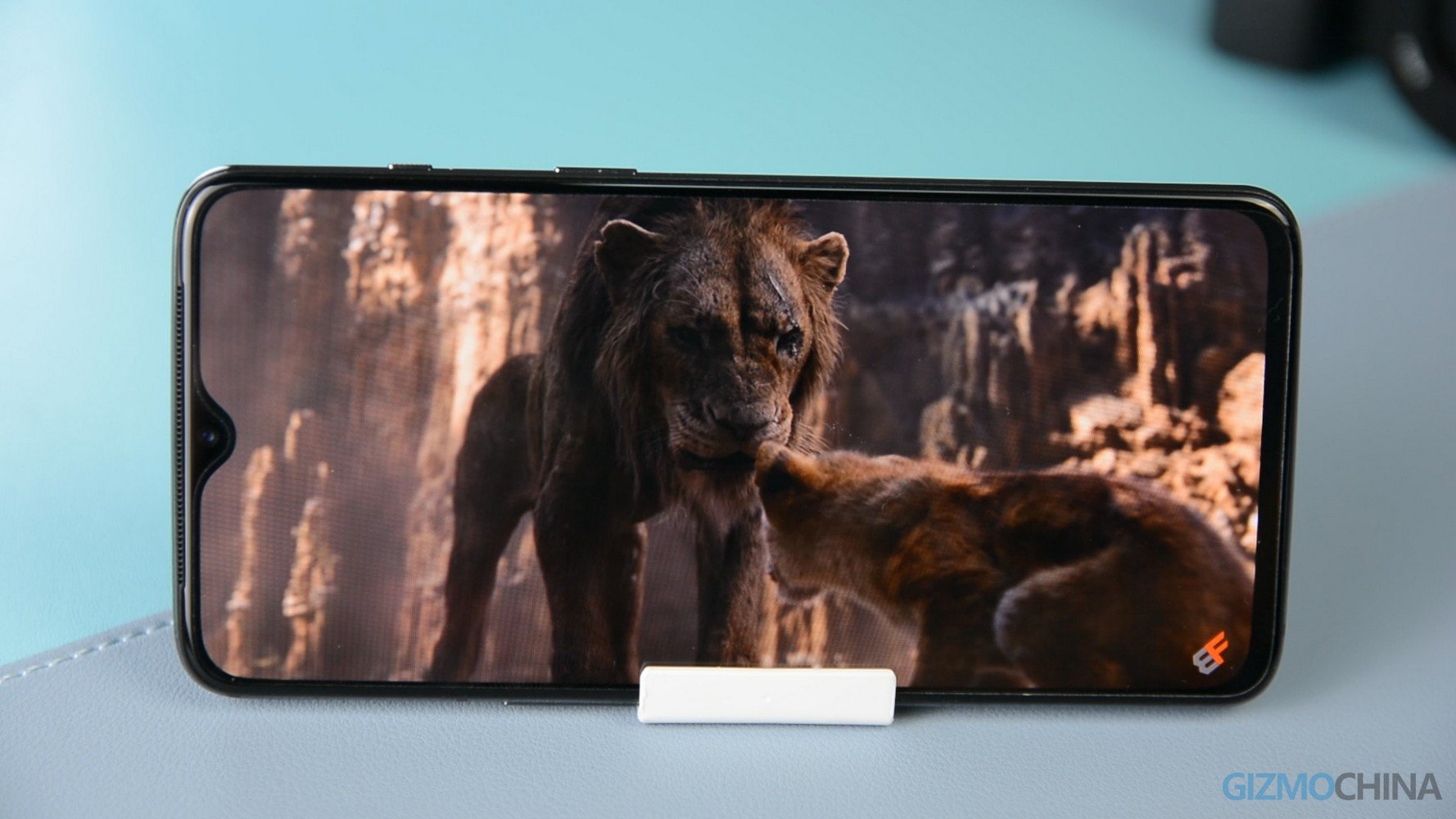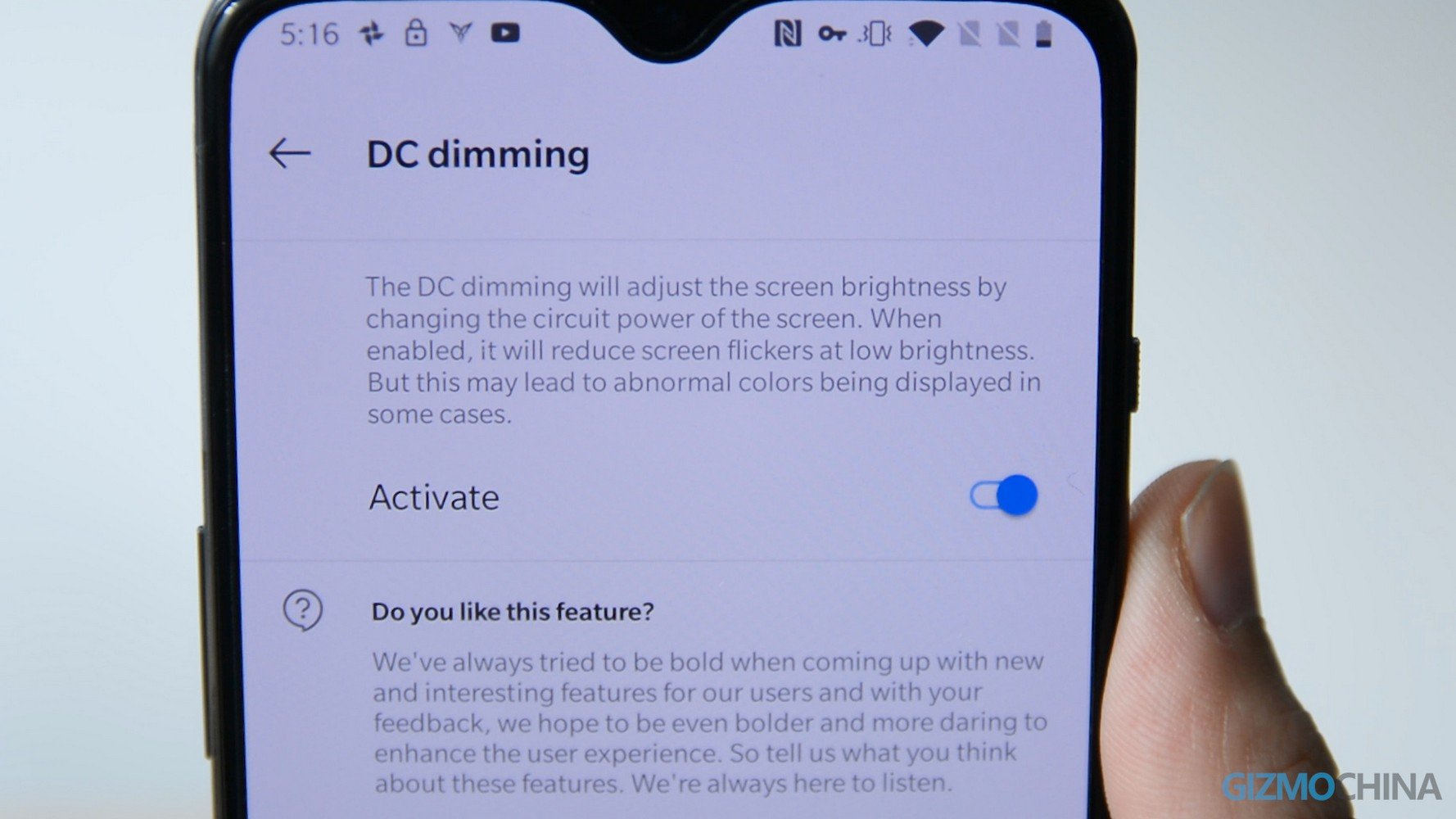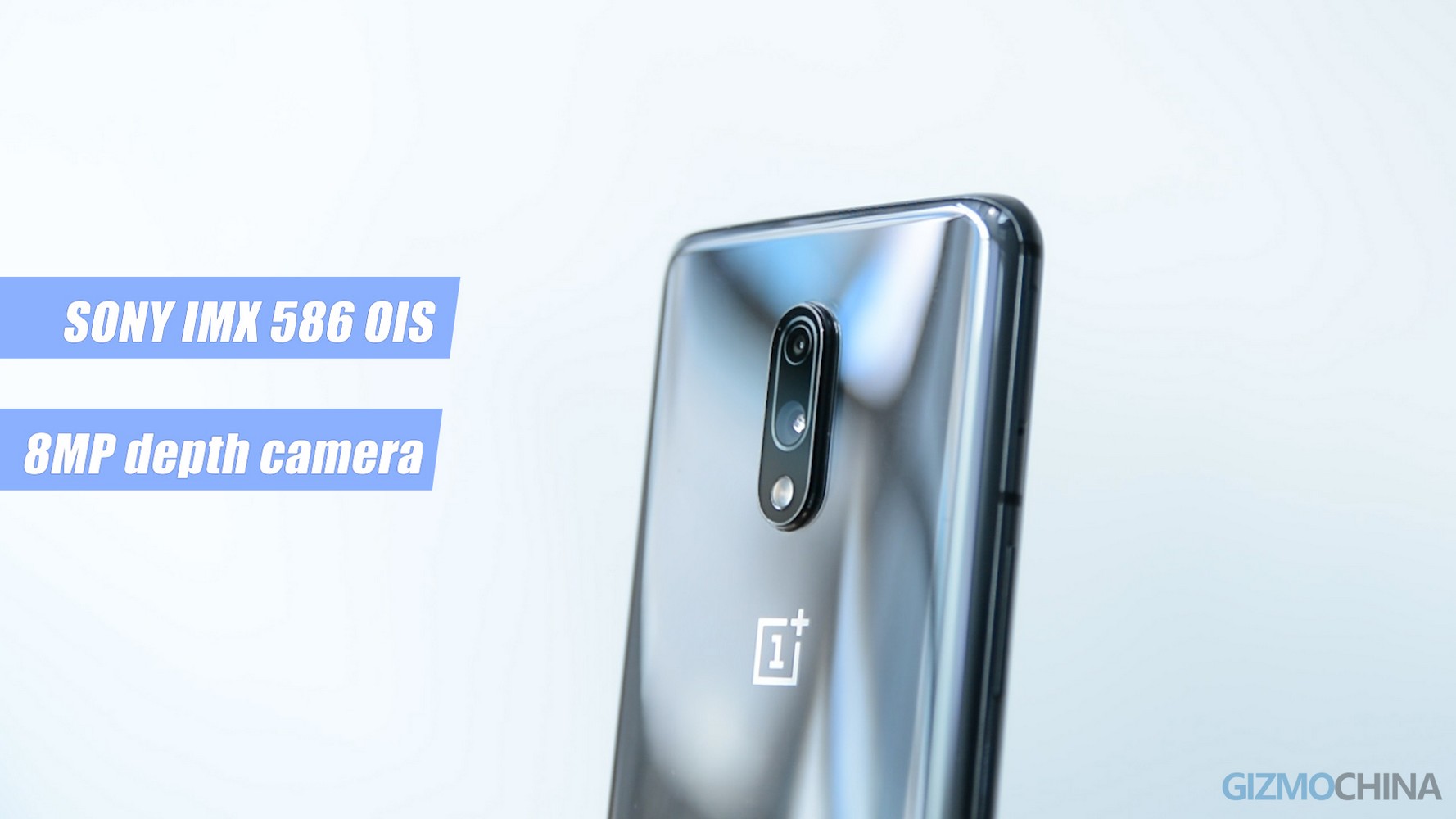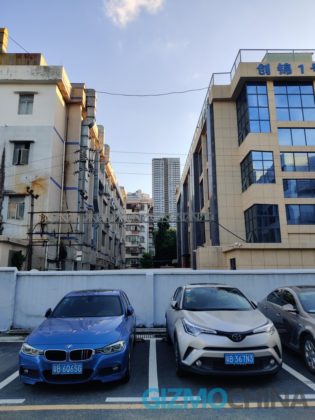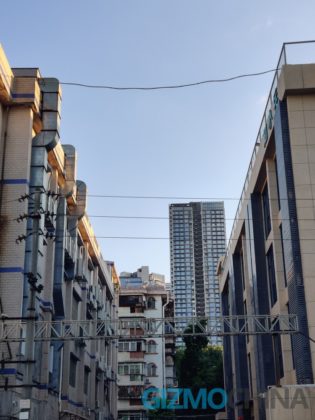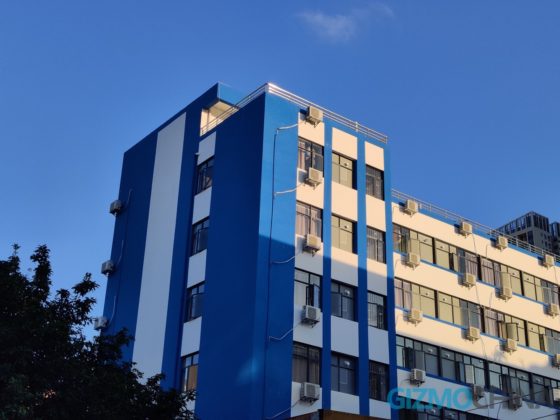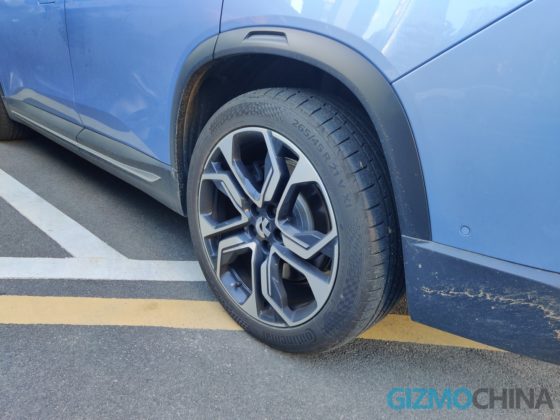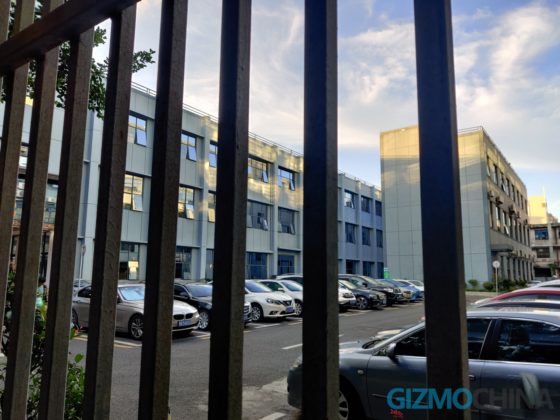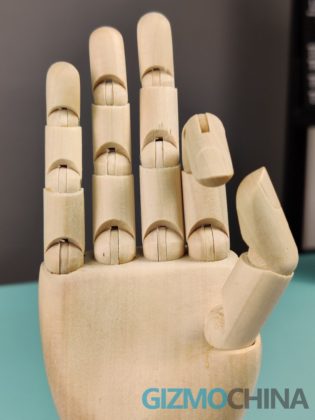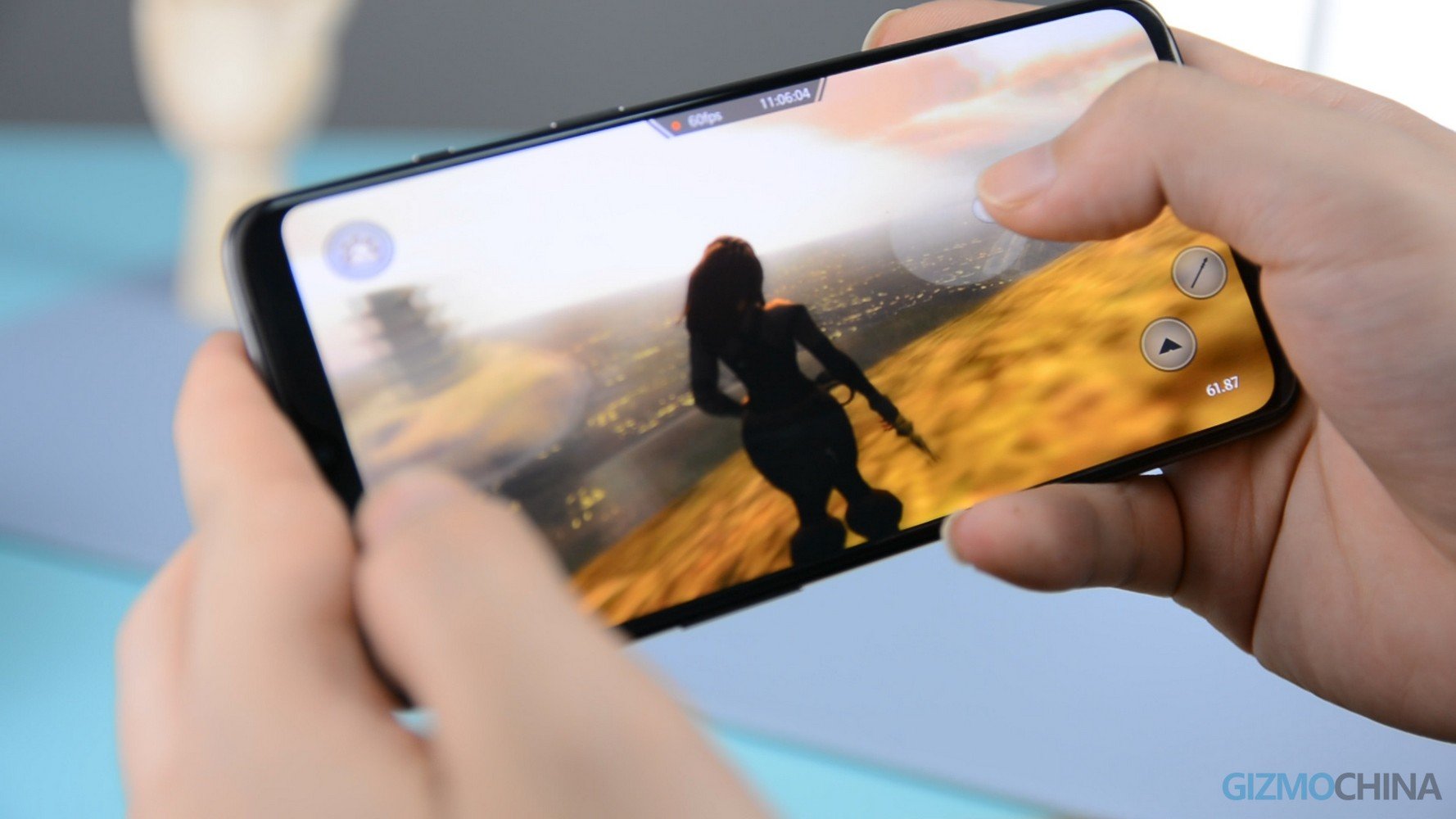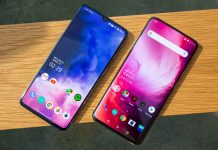So many eyes of smartphone fans are gathering on the OnePlus 7 Pro. Every OnePlus fans are familiar with the OnePlus 7 Pro but some of them know little about the OnePlus 7, the true inheritance of OnePlus 6T. The design of OnePlus 6T has received a lot of praise since it’s released in 2018. A year has passed, we wanna bring this expanded OnePlus 6T back to the table and find out whether this forgotten classic model is worthy of the praise of 2019.
Appearance & Design
From the appearance of the OnePlus 7, it’s pretty easy to see a shadow of OnePlus 6T. Inheriting water-drop-notch plus a small chin leads to a comfortable visual experience on smooth edges of the curve. They both have a 6.4-inch AMOLED display, with 2340×1080 resolution and 402PPI. But about color adjustment on OnePlus 7, it’s more likely to use a lower-saturation solution, which makes it look more natural at the standard mode. Thanks to a smaller size and weight control of 186g, it also continues a good experience of one-handed grip. Meanwhile, its physical press-buttons, especially the 3-stage button, still provide premium physical feedback. Let’s look at its rear design, the bad news here is the bump-up cameras. Because it just at the center, it’s really hard to forget the discomfort when holding the phone. Meanwhile, a circle of higher edges is designed to protect the bump-up cameras from scratching, while the edges here also increase the discomfort and cause dust accumulation as well.
The OnePlus 7 uses a water-drop front camera, which continues a superfast experience when you turn on the face unlock. Though it’s not the safest solution, it improves efficiency when we fragmentedly use the phone. And you are not able to have the same fast-experience of facial unlock on OnePlus 7 Pro because the pop-up camera, and it’s pretty wired if you raise a camera every time you wake up the screen. Well if you don’t like facial unlock, OnePlus 7 also has the fastest under-screen fingerprint-unlock for you.
Hardware & Performance
About the OnePlus 7’s hardware setups, the most significant updates are the better CPU and better flash memory. It has the same flagship-level processor as OnePlus 7 Pro has, the Snapdragon 855, which guarantee a flagship-level performance on the OnePlus 7. Its performance also got reflections on different benchmark apps.
OnePlus 7 and 7 Pro are the first models to use the latest flash memory, the UFS 3.0, while even most flagships are still using the UFS 2.1. The UFS 3.0 would significantly improve the speed of file transfer and efficiency of app installing. Through running the storage benchmark, the advantages of UFS 3.0 are mainly presented at the sequential read and write. In a simple comparison, the transfer speed of OnePlus 7 almost runs twice as fast as the UFS 2.1 flash memory on Xiaomi Mi9, while it did not lead the race of random read and write. And we also compare their speeds of installing apps, the UFS 3.0 did achieve a faster result.
One more detail of hardware here is the vibration motor. OnePlus 7 doesn’t use the same haptic engine as OnePlus 7 Pro uses. The feedback here is a bit laggy with a cheap feeling.
Battery & Charge
There’s not much surprise on the battery and charging of the OnePlus 7. 3700mAh now is only a middle-range set up in the market since most flagships in 2019 have a 4000mAh capacity. However, the actual battery performance of OnePlus 7 is better than the 7 Pro with 4000mAh battery. I think the reason here is much about that premium display of 7 Pro, which consumes more power.
Though you can only have a 20W charging adaptor for OnePlus 7, it only takes 70 mins to get a full charge, which is quite close to the OnePlus 7 Pro with 30W fast-charging. Meanwhile, though we can see the same 20W charging adaptors in both boxes of the OnePlus 7 and 6T, the charging speed of 7 is a bit faster than the 85 mins of 6T because of a more aggressive charging strategy. After 1-hour PUBG gaming test, OnePlus 7 consumes 23% of the power.
Display
The 6.4inch display doesn’t have any differences compared with the display on 6T. About the display, one improved feature that is worth talking is the new DC diming option. The DC diming may also cause stronger color deviation though, I still suggest you turn it on under a low light environment to protect your eyes.
Cameras
The main camera is upgraded to the IMX 586 with OIS, which is quite common to be found in other flagships, while the second one is a 500Megapixel (MP) camera which only provides depth calculation. Well, such combination is pretty useless especially when we compare it to most flagships which have an ultra-wide camera and a telephoto camera. Anyway, let’s check the samples and see what we got. OnePlus 7 has no problem with correct exposure and white balance. Let’s zoom in a little bit to see its detail resolution, OnePlus 7 seems to get slight blurring on detail, especially the detail at the corners.
Though OnePlus doesn’t have a telephoto camera, we can find a 2-time option here to simulate the optical zoom-in effect. It’s only a result of photo-cutting and the original photo is shot by the main camera. But when we look at the sample, it’s much better than we thought. The detail resolution is not bad.
And then we shot some photos with night mode. The general brightness of the sample got improved and the noise control also performs well. it’s pretty a surprise that OnePlus 7 does a good job on balancing much detail with a relatively pure image. About its video shooting, the OnePlus 7 can shoot up to 4K 60fps videos, which is the same setups as OnePlus 7 Pro.
Gaming experience
Thanks to the Snapdragon 855, OnePlus 7 no doubly, has a flagship-level performance on system fluency and gaming. We test OnePlus 7 through playing 1-hour PUBG mobile. It is as expected that OnePlus stably remained a refresh rate at 59 fps without any laggy problem. And then we test its performance with the extreme graphic settings in Nimian Legends, the frame-level stays around 30 fps, which is pretty close to the performance of OnePlus 7 Pro.
Conclusion
OnePlus has been well-known as a flagship-killer producer. But this year they’re not satisfied as a challenger, so they brought out the OnePlus 7 Pro and wish it can help improve the brand image. But considering the success of OnePlus 6T, they don’t want to give up this successful model and design. Though the improvement doesn’t make the OnePlus 7 a dream phone, it’s still a wonderful model for those users who admire OnePlus 6T. the competitive pricing of OnePlus 7 still can consolidate its position as one of the best choices at the mid-range market. So, if you are not looking for a smartphone which can provide a fast and fluent experience without spending a bunch of money, I think the OnePlus 7 could be a safe choice for you.

